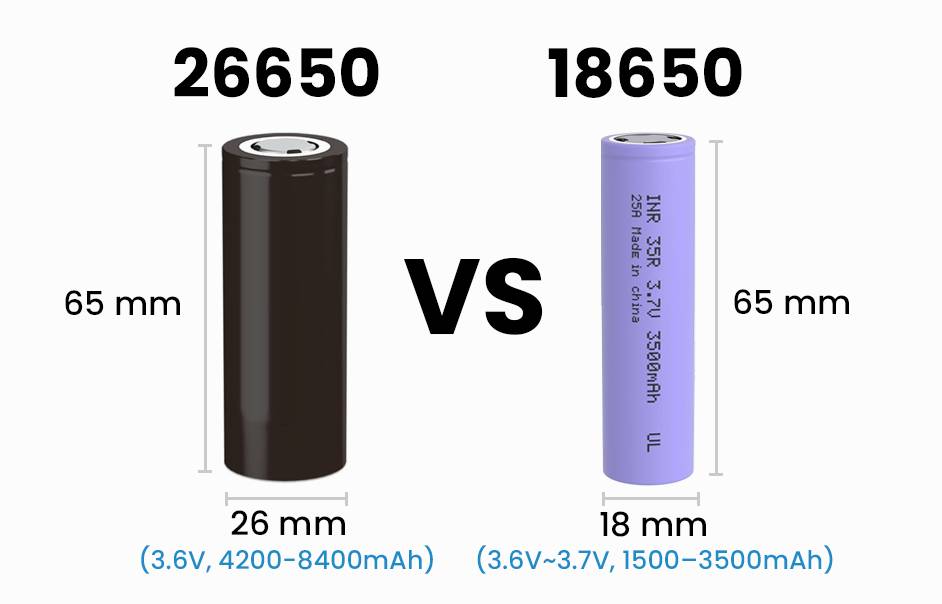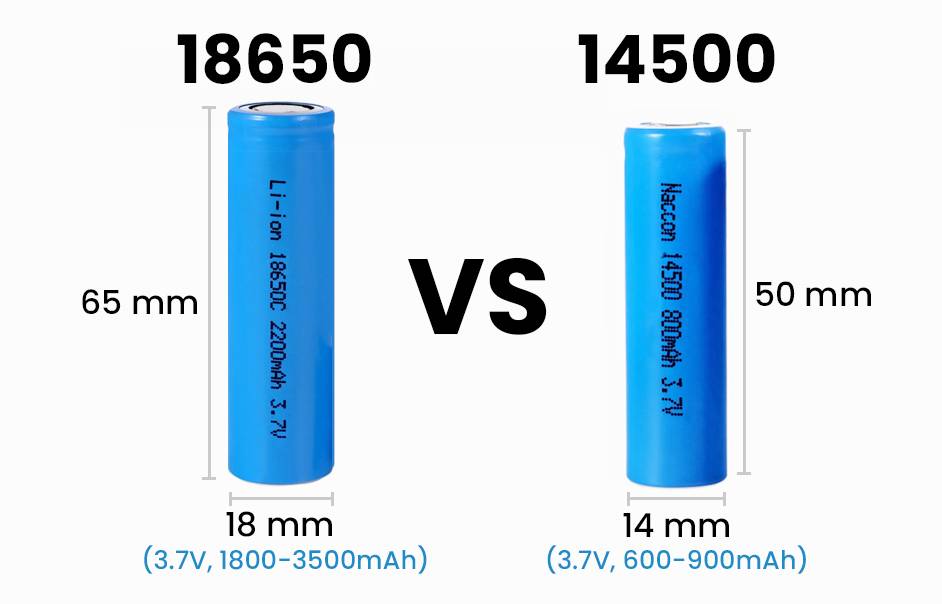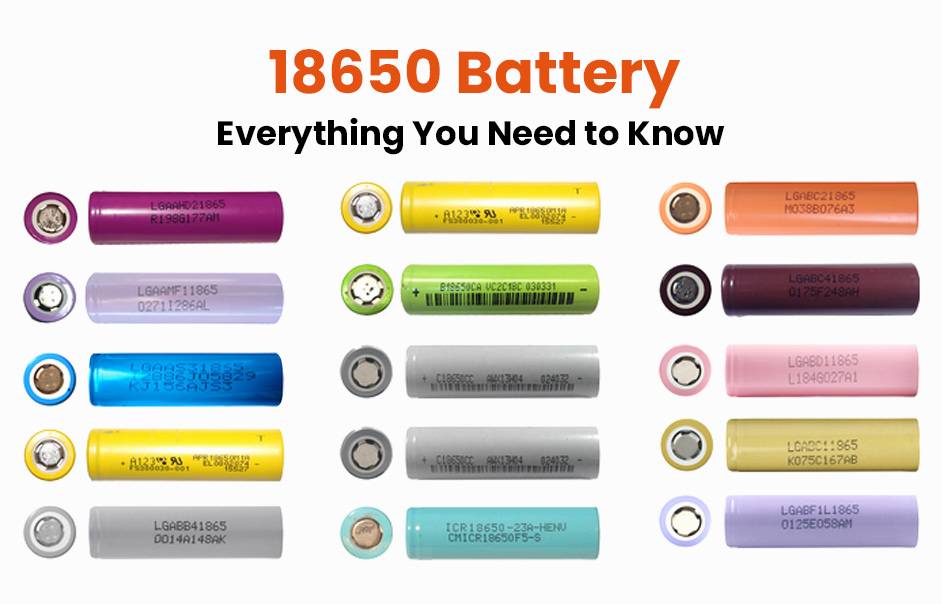- Lithium Golf Cart Battery
- Forklift Lithium Battery
-
48V
- 48V 210Ah
- 48V 300Ah
- 48V 420Ah (949 x 349 x 569 mm)
- 48V 420Ah (950 x 421 x 450 mm)
- 48V 456Ah
- 48V 460Ah (830 x 630 x 590 mm)
- 48V 460Ah (950 x 421 x 450 mm)
- 48V 460Ah (800 x 630 x 600 mm)
- 48V 460Ah (820 x 660 x 470 mm)
- 48V 500Ah
- 48V 560Ah (810 x 630 x 600 mm)
- 48V 560Ah (950 x 592 x 450 mm)
- 48V 600Ah
- 48V 630Ah
-
48V
- 12V Lithium Battery
12V 150Ah Lithium RV Battery
Bluetooth App | BCI Group 31
LiFePO4 Lithium
Discharge Temperature -20°C ~ 65°C
Fast Charger 14.6V 50A
Solar MPPT Charging - 24V Lithium Battery
- 36V Lithium Battery
- 48V Lithium Battery
-
48V LiFePO4 Battery
- 48V 50Ah
- 48V 50Ah (for Golf Carts)
- 48V 60Ah (8D)
- 48V 100Ah (8D)
- 48V 100Ah
- 48V 100Ah (Discharge 100A for Golf Carts)
- 48V 100Ah (Discharge 150A for Golf Carts)
- 48V 100Ah (Discharge 200A for Golf Carts)
- 48V 150Ah (for Golf Carts)
- 48V 160Ah (Discharge 100A for Golf Carts)
- 48V 160Ah (Discharge 160A for Golf Carts)
-
48V LiFePO4 Battery
- 60V Lithium Battery
-
60V LiFePO4 Battery
- 60V 20Ah
- 60V 30Ah
- 60V 50Ah
- 60V 50Ah (Small Size / Side Terminal)
- 60V 100Ah (for Electric Motocycle, Electric Scooter, LSV, AGV)
- 60V 100Ah (for Forklift, AGV, Electric Scooter, Sweeper)
- 60V 150Ah (E-Motocycle / E-Scooter / E-Tricycle / Tour LSV)
- 60V 200Ah (for Forklift, AGV, Electric Scooter, Sweeper)
-
60V LiFePO4 Battery
- 72V~96V Lithium Battery
- Rack-mounted Lithium Battery
- E-Bike Battery
- All-in-One Home-ESS
- Wall-mount Battery ESS
-
Home-ESS Lithium Battery PowerWall
- 24V 100Ah 2.4kWh PW24100-S PowerWall
- 48V 50Ah 2.4kWh PW4850-S PowerWall
- 48V 50Ah 2.56kWh PW5150-S PowerWall
- 48V 100Ah 5.12kWh PW51100-F PowerWall (IP65)
- 48V 100Ah 5.12kWh PW51100-S PowerWall
- 48V 100Ah 5.12kWh PW51100-H PowerWall
- 48V 200Ah 10kWh PW51200-H PowerWall
- 48V 300Ah 15kWh PW51300-H PowerWall
PowerWall 51.2V 100Ah LiFePO4 Lithium Battery
Highly popular in Asia and Eastern Europe.
CE Certification | Home-ESS -
Home-ESS Lithium Battery PowerWall
- Portable Power Stations
26650 Vs 18650 Battery: A Comprehensive Comparison

Discover the world of batteries and make informed choices for your devices. This blog explores the 26650 and 18650 battery types, revealing their unique characteristics—from size and capacity to performance and longevity. Whether you’re a tech enthusiast or simply seeking the right battery, this comprehensive comparison provides insights to empower your decision-making. Join the journey through the battery realm and ensure your devices are powered when needed the most.
26650 Vs 18650 Battery in Size and Capacity
The 26650 and 18650 lithium batteries differ in size and capacity. The 26650 battery is larger in size and typically has a higher energy capacity ranging from 2500mAh to 4000mAh. On the other hand, the 18650 battery is smaller but still offers a considerable capacity of 1200mAh to 3600mAh. The choice between the two depends on the specific application and the desired balance between size and capacity.
26650 Vs 18650 Battery in Performance and Output
When comparing the performance and output of 26650 and 18650 batteries, several critical factors come into play. The 26650 battery typically has a higher energy capacity due to its larger size, allowing for longer battery life. On the other hand, the 18650 battery, despite its smaller size, boasts a higher energy density, delivering a significant amount of power output. These differences in size and energy density make each battery suitable for different applications, depending on the specific performance and output requirements.
- Capacity Strengths:
- The 26650 battery boasts a higher capacity than the 18650 counterpart.
- This results in increased energy storage and longer device run times.
- Discharge Rate Consideration:
- The 18650 battery tends to have a higher discharge rate, making it suitable for applications requiring high power output.
- Overall Output Competence:
- Both batteries provide ample power for devices like flashlights, vape mods, or electric vehicles.
- The 26650 battery, with its larger size and capacity, may offer slightly better performance in specific high-drain devices.
Understanding these nuances is crucial, as the choice between 26650 and 18650 batteries depends on individual needs and device usage requirements. Whether prioritizing extended run times or higher power output, aligning the choice with specific preferences becomes essential.
26650 Vs 18650 Battery in Durability and Longevity
When comparing the durability and longevity of 26650 and 18650 batteries, several factors come into play. The 26650 battery generally has a higher discharge rate, allowing it to deliver more power over a shorter period. On the other hand, the 18650 battery is more mature and widely used, with a proven track record of reliability. Both batteries offer different advantages and should be chosen based on specific application requirements.
26650 Vs 18650 Battery in Cost
When comparing the cost of 26650 and 18650 batteries, several factors come into play. The price of batteries can vary depending on the brand, capacity, and other factors. Generally, 18650 batteries are more commonly used and have a wider range of options available, which can contribute to a more competitive price. On the other hand, 26650 batteries, being larger in size, may have a slightly higher cost due to their unique specifications.
26650 Vs 18650 Battery in Applications
When comparing the applications of 26650 and 18650 batteries, several factors come into play. The 26650 battery is larger and has a higher capacity, making it suitable for applications that require longer battery life and higher power output. It is commonly used in high-performance flashlights and power tools. On the other hand, the 18650 battery is more commonly used in portable electronics due to its balance of size, capacity, and performance.
- Flashlights:
- Both batteries power flashlights, with 26650 excelling in high-powered models requiring intense illumination.
- Vape Mods:
- Vaping enthusiasts favor compact 18650 batteries for mods, delivering ample power for a satisfying experience.
- Electric Vehicles (EVs):
- Both batteries contribute to EVs; 26650 offers higher capacity, while 18650 dominates due to widespread availability and cost-effectiveness.
- Power Banks:
- Ideal for portable charging, both batteries enable efficient on-the-go charging with their high-capacity cells.
- Solar Energy Storage Systems:
- Longevity and durability make both batteries effective in solar energy storage systems, providing backup power during low sunlight or at night.
- Robotics:
- Prolonged operation in robotics is ensured by the large capacity of 26650 or multiple parallel-connected 18650 batteries.
- Smartphones & Gadgets:
- While smaller batteries dominate smartphones, rugged phones or specialized gadgets may incorporate either 26650 or 18650 cells for specific needs.
These examples underscore the adaptability and performance of both battery types across industries and consumer products.
26650 Vs 18650 Battery in Safety Concerns and Precautions
When comparing the safety concerns and precautions of 26650 and 18650 batteries, it is important to consider several factors. Both battery types have safety measures in place, such as built-in protection circuits to prevent overcharging and overheating. However, it is crucial to handle lithium-ion batteries with care, follow proper charging and usage guidelines, and avoid exposing them to extreme temperatures or physical damage. Adhering to these precautions ensures safe and reliable battery usage.
- Inspect Casing:
- Check battery casing for any dents or punctures. Do not use damaged batteries, and dispose of them properly.
- Temperature Considerations:
- Avoid exposing batteries to extreme temperatures. High heat may lead to thermal runaway, risking explosions or fires, while extreme cold can reduce battery performance.
- Avoid Mixing Batteries:
- Never mix different types or brands of batteries in a device. Mixing can cause compatibility issues, leading to leaks or overheating.
- Charging Precautions:
- Follow the manufacturer’s charging instructions diligently to prevent overcharging, which can result in overheating.
- Proper Disposal:
- Dispose of batteries responsibly, adhering to recycling guidelines, especially damaged or depleted ones.
- Use Suitable Chargers:
- Utilize chargers designed for specific battery types to prevent overcharging or undercharging, enhancing overall safety.
- Storage Practices:
- Store batteries in a cool, dry place, away from direct sunlight, to maintain their integrity and reduce safety risks.
By adhering to these precautions, users can ensure the safe use of 26650 and 18650 batteries, minimizing potential hazards.
Factors to Choose 26650 or 18650 Battery
When choosing between a 26650 and 18650 battery, several factors should be considered to make an informed decision. These factors include energy capacity, energy density, size, weight, and compatibility with the intended application. The choice between the two batteries depends on the specific requirements and priorities of the user.
- Device Compatibility:
- Assess the power requirements of your device to determine which battery type (26650 or 18650) is suitable.
- Size Constraints:
- Consider the size of the battery, with the 26650 being larger than the 18650. Ensure the chosen battery fits your device.
- Capacity Needs:
- Evaluate your energy requirements. The 26650’s larger size allows for a higher capacity, beneficial for longer run times or high-energy applications.
- Cost and Availability:
- Examine the cost and availability of both battery types. While generally accessible, factors like location and brand influence pricing.
- Safety Precautions:
- Prioritize safety by following manufacturer guidelines and taking necessary precautions. Both batteries have potential risks if mishandled.
By carefully considering these factors, you can make an informed decision, selecting the battery that aligns with your device’s needs and safety requirements.
FAQs
When is it recommended to use 26650 batteries over 18650 batteries?
What are the different application environments for 18650 and 26650 lithium batteries?
In terms of capacities, how does the 26650 battery compare to the 18650 battery?
What is the difference between 18650 lithium battery and 26650 lithium battery?
Volume Comparison of 18650 and 26650 Lithium Batteries:
The 26650 battery has a larger volume than the 18650 due to its larger diameter (26mm vs. 18mm) and height (65mm). Specifically, the 26650 has about 1.6 times the volume of an 18650 battery.
Cycle Performance at 1C Charge/1C Discharge for 26650 Lithium Battery:
The 26650 lithium battery typically maintains 80% capacity after 500-1,000 cycles at 1C charge/1C discharge rates.
Discharge Cut-off Voltage for 26650 Lithium Battery:
The discharge cut-off voltage is usually around 2.5 to 2.75 volts.
Charging Conditions for 26650 Lithium Battery:
Standard charging involves a constant current/constant voltage (CC/CV) method, typically at 4.2V with a charging current of 0.5C to 1C.
Nominal Voltage and Capacity of 26650 Lithium Battery:
The nominal voltage is typically 3.6V to 3.7V, with capacities ranging from 3,200mAh to 5,500mAh.
Weight of 26650 Lithium Battery:
A 26650 lithium battery typically weighs between 85 to 100 grams.
Storage Temperature Range for 26650 Lithium Battery:
The recommended storage temperature range is -20°C to 45°C.
Operating Temperature Range for Discharging 26650 Lithium Battery:
The discharging temperature range is usually between -20°C to 60°C.
Operating Temperature Range for Charging 26650 Lithium Battery:
The charging temperature range is generally 0°C to 45°C.
Pulse Discharge Current of 26650 Lithium Battery:
The pulse discharge current can typically reach up to 30A or higher, depending on the specific battery model.























